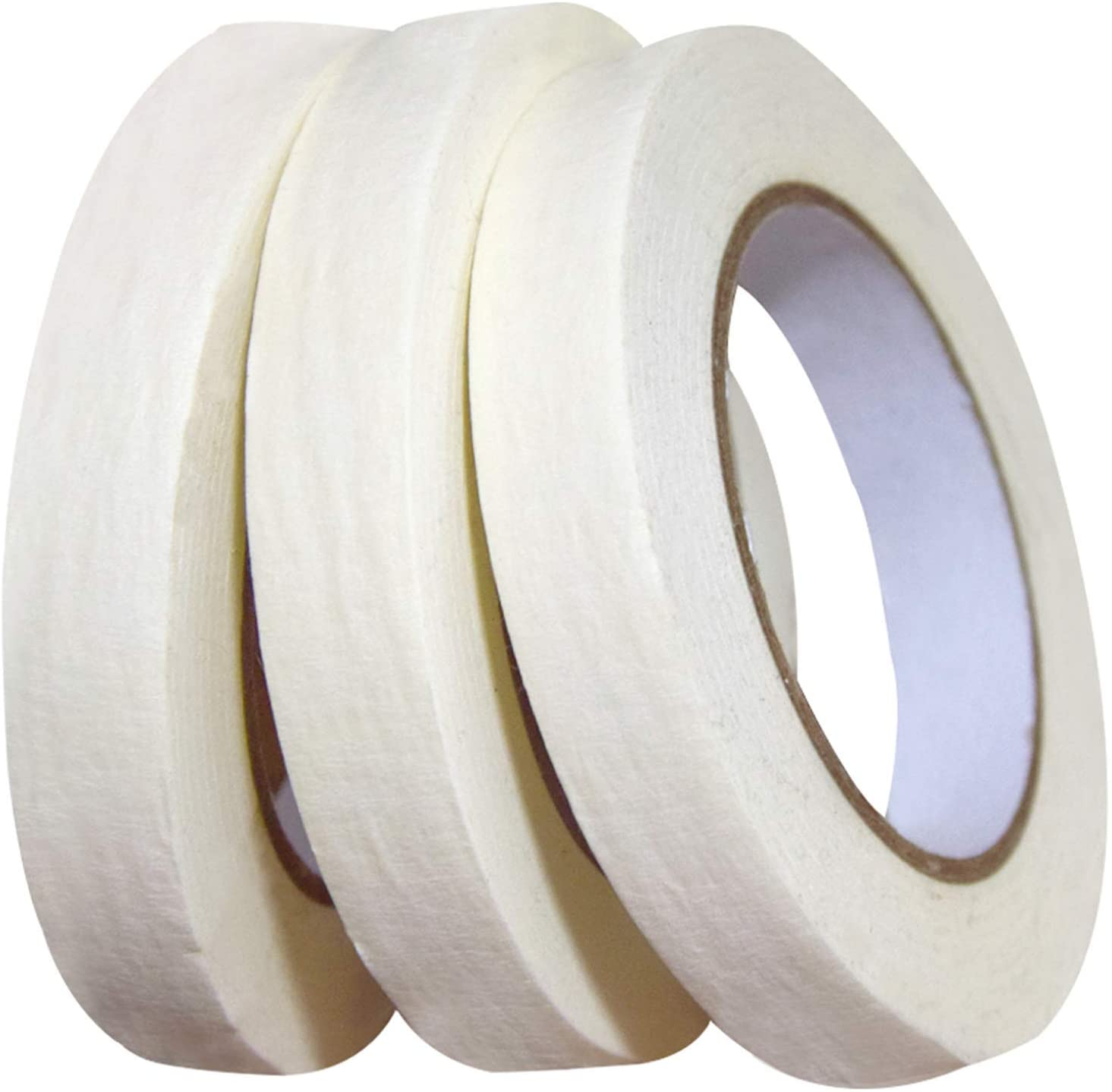Are you tired of paint bleeding onto surfaces you don't want it to? Or maybe you need a way to label items without leaving a permanent mark? Look no further than masking tape! This versatile adhesive tape has a wide range of uses and benefits that can make your life easier. In this ultimate guide, we will explore the various uses, benefits, and tips for using masking tape effectively. So grab a roll of masking tape and let's get started!
1. What is Masking Tape?
Before we dive into the uses and benefits of masking tape, let's first understand what it is. Masking tape is a type of adhesive tape that is made from a thin and easy-to-tear paper. It is coated with a pressure-sensitive adhesive that allows it to stick to various surfaces temporarily. The adhesive is designed to provide strong adhesion but also allow for clean and easy removal without leaving residue or damaging the surface.
2. Uses of Masking Tape
Masking tape has a wide range of uses in various industries and everyday life. Here are some common uses:
- Painting: One of the most popular uses of masking tape is in painting projects. It can be used to create clean and straight lines, prevent paint bleed, and protect surfaces that you don't want to be painted.
- Labeling: Masking tape is a great temporary labeling solution. You can use it to mark boxes, containers, or items with important information. It can be easily removed without leaving any marks or residue.
- Crafting: Masking tape is a valuable tool for crafters. It can be used for holding materials together, creating patterns, or as a stencil for painting or spray-painting.
- Home Improvement: Whether you're hanging posters, organizing cables, or temporarily securing objects, masking tape can come in handy around the house.
3. Benefits of Masking Tape
Using masking tape offers several benefits that make it a preferred choice for many tasks:
- Easy Removal: Unlike other adhesive tapes, masking tape can be easily removed without leaving residue or damaging the surface. This makes it ideal for temporary applications.
- Versatility: Masking tape can adhere to a wide range of surfaces, including walls, glass, wood, metal, and plastic. This versatility makes it a go-to solution for many projects.
- Cost-effective: Masking tape is affordable and readily available in most hardware stores. Its low cost makes it an economical choice for both professionals and DIY enthusiasts.
4. Tips for Using Masking Tape Effectively
To make the most out of masking tape, here are some helpful tips:
- Clean the Surface: Before applying masking tape, ensure that the surface is clean and free from dust, oil, or dirt. This will help the tape adhere better and prevent any residue when removing it.
- Use Sharp Scissors: When cutting masking tape, use sharp scissors to ensure clean and straight edges. This will make it easier to work with and achieve precise results.
- Remove Tape at an Angle: When removing masking tape, pull it off at a 45-degree angle. This will help prevent any damage or tearing of the tape, as well as minimize the risk of pulling off any paint or finish.
- Test on a Small Area: If you're unsure about the adhesion or potential damage, it's always a good idea to test the masking tape on a small, inconspicuous area before applying it to the entire surface.
Now that you're armed with the knowledge of masking tape's uses, benefits, and tips, you can confidently tackle your next project. Whether it's painting, labeling, crafting, or home improvement, masking tape is a versatile tool that can help you achieve clean and professional results. So go ahead, grab that roll of masking tape, and let your creativity and efficiency soar!

Comments
Post a Comment